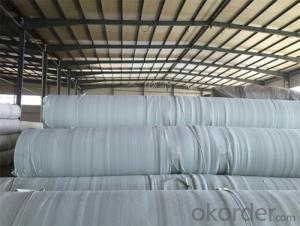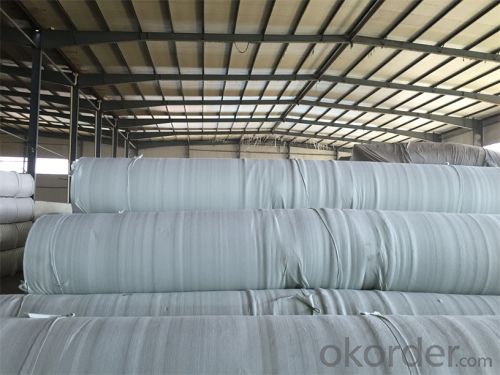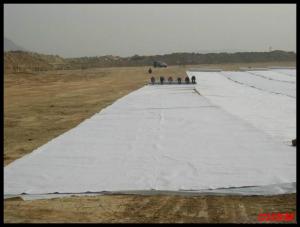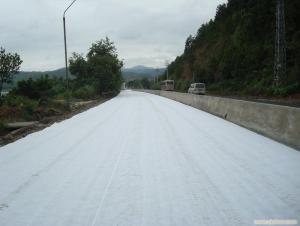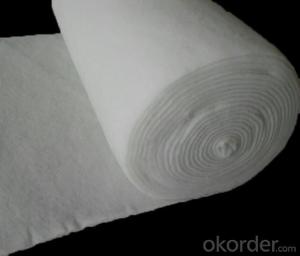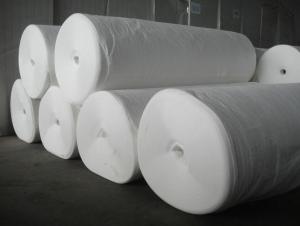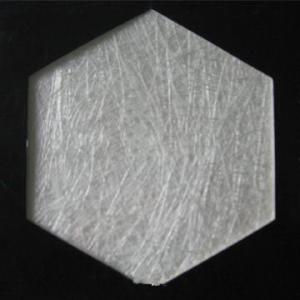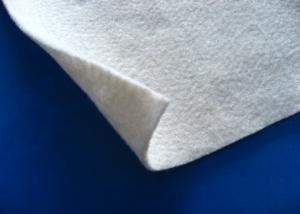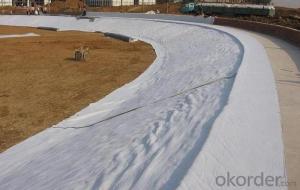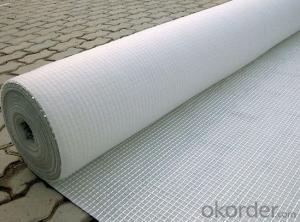Prime Geotextile Continuous Filament Spunbonded Nonwoven Style
- Loading Port:
- Qingdao
- Payment Terms:
- TT or LC
- Min Order Qty:
- 2000 m²
- Supply Capability:
- 800000 m²/month
OKorder Service Pledge
OKorder Financial Service
You Might Also Like
Continuous Filament Spunbonded Nonwoven Geotextile
Introdcution of Continuous Filament Spunbonded Nonwoven Geotextile:
Made from virgin PET (polyester) chips, the continuous filament was extruded from PET chip by machine directly by spunbond process, and then punch together to get the stable 3D with higher strength fabric. So it has high strength, good creep property excellent and erosion resistance, aging-resistance and heat resistance.
Specifications of Continuous Filament Spunbonded Nonwoven Geotextile:
•100g/m2—800g/ m2
•4m—7m in roll width
the length as clients’ request
Production Standard:
GB/T17638-1998
Jt/t 520-2004
Advantage of Continuous Filament Spunbonded Nonwoven Geotextile:
Good creep property and hydraulics property, resistance to corrosion, excellent anti-aging and heat-resistance quality.
Applications of Continuous Filament Spunbonded Nonwoven Geotextile:
• Filtration of soils in drainage applications by retaining soil particles while allowing for the free flow of water.
•Separation and stabilization in road and railway construction
•Prevention of soil movement in erosion control measures
•Cushioning and protection in many containment projects
FAQ:
1. Which payment do you accept?
For you convinience,our payment can be L/C,TT
2. Is free sample available?
We can supply free samples. You'll just need to pay for express cost.
3. How about your quality?
We have strict quality control system, we make testing on incoming raw material and finished products. Your third party testing is also welcomed. With high quality, our products are used on government projects at home and abroad. Our product quality is accepted by clients from all over the world.
Photos of Products and Factory:
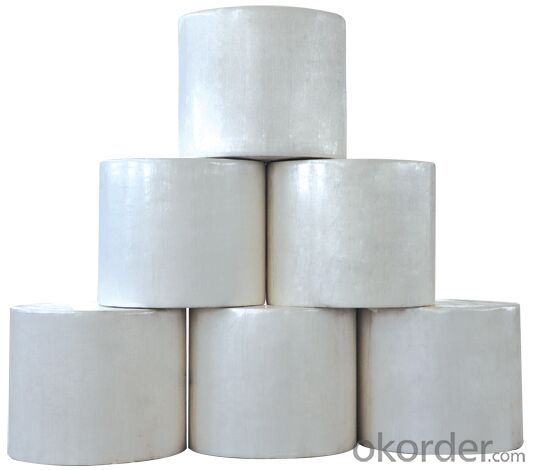
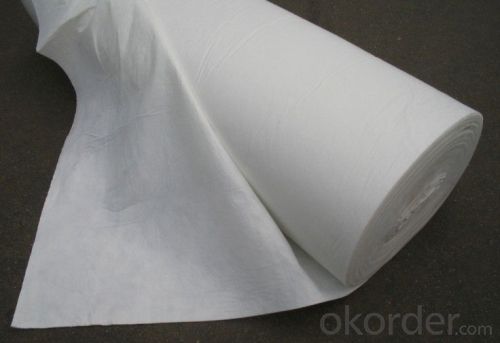
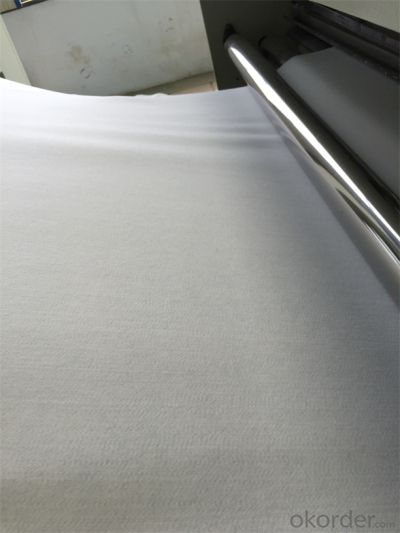
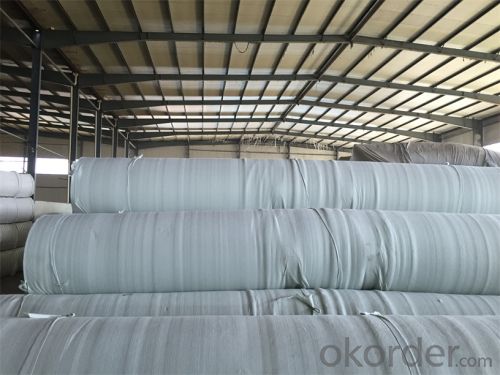
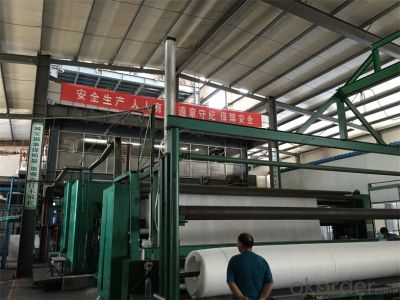
- Q: How do geotextiles affect construction site safety?
- Geotextiles play a crucial role in enhancing construction site safety by providing various benefits. Firstly, they act as a protective layer, preventing soil erosion and stabilizing the ground, which reduces the risks of landslides and collapses. Secondly, geotextiles can improve drainage by allowing water to flow through while retaining soil particles, preventing water accumulation that can lead to structural instability. Additionally, they enhance soil filtration, reducing the likelihood of contamination and pollution. Overall, geotextiles contribute to a safer construction site environment by mitigating potential hazards and ensuring the stability and integrity of the project.
- Q: Can geotextiles be used in wastewater treatment applications?
- Yes, geotextiles can be used in wastewater treatment applications. They are commonly used as a filtration and separation medium in various stages of the treatment process, such as in sedimentation tanks, sludge dewatering, and effluent filtration. Geotextiles help to retain solids, prevent clogging, and enhance the overall efficiency of wastewater treatment systems.
- Q: Textile geotextile lap length how much
- Lap width is generally 10-15cm
- Q: What glue glue is used at the seams of the impervious geotextile
- What glue glue is used at the seams of the impervious geotextile
- Q: How do geotextiles help in subsurface drainage?
- Geotextiles help in subsurface drainage by acting as a filter and separation layer between the soil and the drainage material. They prevent the soil particles from clogging the drainage system while allowing water to pass through, promoting efficient water flow and preventing waterlogging.
- Q: How do geotextiles help in gas venting?
- Geotextiles help in gas venting by allowing the passage of gases through their porous structure while preventing the migration of soil particles. These textiles are used as a barrier or filter to control the movement of gases, such as methane, in areas where gas buildup can be hazardous, such as landfills or contaminated sites. The geotextiles allow the gas to escape, reducing the risk of explosions or other safety hazards, while still providing stability and support to the surrounding soil.
- Q: Are geotextiles resistant to hydraulic shear stress?
- Yes, geotextiles are designed to be resistant to hydraulic shear stress. They have the ability to withstand the forces generated by flowing water, preventing erosion and maintaining soil stability.
- Q: Can geotextiles be used in temporary erosion control applications?
- Yes, geotextiles can be used in temporary erosion control applications. They are often used to stabilize soil and prevent erosion in construction sites, temporary roadways, and other areas where erosion control is needed temporarily. Geotextiles can effectively prevent soil erosion by providing a barrier that holds soil particles in place while allowing water to pass through.
- Q: The secondary lining of the tunnel to install the vertical ring to the blind tube hang the geotextile waterproof board generally used for how long
- Need to see the progress of construction workers, geotextiles need it
- Q: what are Smart Geotextiles?
- These are textiles which use nano-technology to behave in certain ways under specific conditions. For example, a textile used for a tent can be white when the surrounding air is hot, but will turn black or dark when it's cold so it can absorb heat.
Send your message to us
Prime Geotextile Continuous Filament Spunbonded Nonwoven Style
- Loading Port:
- Qingdao
- Payment Terms:
- TT or LC
- Min Order Qty:
- 2000 m²
- Supply Capability:
- 800000 m²/month
OKorder Service Pledge
OKorder Financial Service
Similar products
Hot products
Hot Searches
Related keywords
